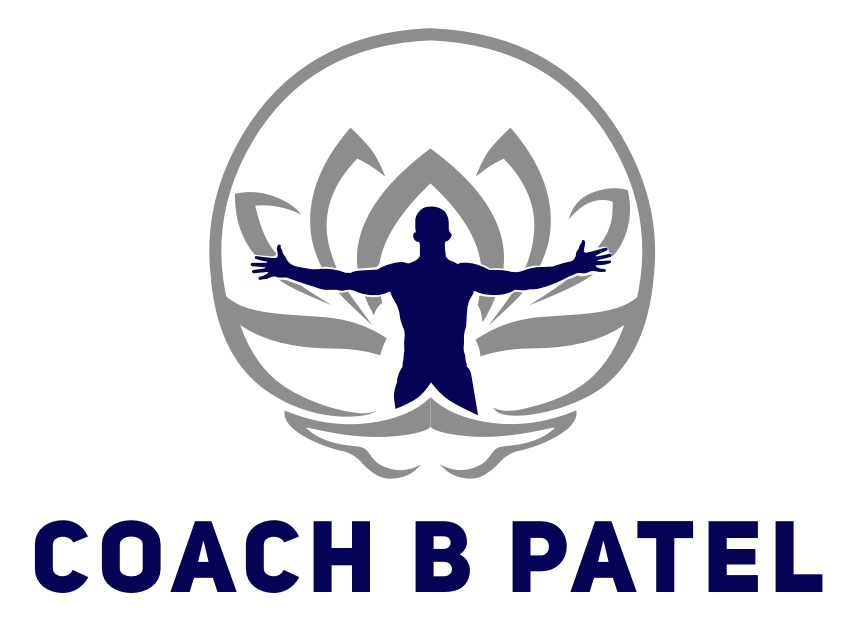Start With the Scoreboard:The Role of the Performance Coach
Jackson Frey
We have all heard the phrase “start with the scoreboard and work backwards” when it comes to developing a training plan for a team or athlete. This can be a very difficult thing to do in team sport given the unpredictable and chaotic nature of the game. So how can we quantify our value as performance coaches? Let’s dive in.
Above is Newell’s Constraints Model. A constraint has been defined as “something that controls what you do by keeping you within particular limits”. When you think about this model through the lens of movement and performance things become much clearer.
Individual constraints can include:
Rate of force development
Mobility
Stiffness
A sprained right ankle
Arousal level
Task constraints can include:
A fast break
A penalty kill
4th and goal
A full count with men on 2nd and 3rd
Environmental constraints can include:
A wet field after a rain delay
Playing in the altitude at Mile High Stadium
The crowd noise at the Big House in Ann Arbor
All of these things have the ability to constrain movement and performance. Then you add in the layer of perception-action coupling. This refers to how an athlete perceives the information presented in front of them within the context of their sport and takes action. An example of this would be a basketball player attacking the defender’s top leg in order to beat the opponent and get into the paint. The ball handler perceives the information of how the defender is set up and makes a move based on that information. As you can see, there is a lot that goes into every movement that happens within the context of team sport competition.
As a performance coach currently working with primarily hockey players, bridging the gap between what I do and the final score is even more challenging. There is no ice in the weight room, no skates, no goals, no hockey sticks (well, we have some of those).
The real question is, how much impact do I really have on what happens on ice from the confines of a 1,200 sq. foot weight room? The answer, A LOT!
The individual/organism constraints portion of Newell’s model is where our impact lies. The game of hockey consists of a lot of rapid starts and stops, closing space to the puck, creating separation when you have the puck and the ability to physically engage with other players when necessary. From here we can ask ourselves two questions:
What physical qualities underpin those abilities?
How can we develop those qualities in a weight room or on the track?
This can take you down numerous rabbit holes in terms of determining the lowest hanging fruit and the methods to address them. My current model looks at the mobility required to achieve adequate joint ROM for the sport, the necessary amount of mass required to handle the physicality of the game, the capacity to produce high impulses in short amounts of time and the ability to express those impulses in the context of multidirectional speed. From here I can create a player profile and determine what qualities will make the biggest difference in their performance. I will then implement a training program, monitor the metrics I am looking to change, assess whether the training intervention did what I intended it to and make adjustments if needed. The goal is to help each athlete become as robust as possible.
Performance coaches also have to remember that they are training human beings. Psychology plays a huge role in sport performance. Depending on the situation, the performance coach may have more interaction with the athlete than the sport coaches do. It is vital that we build rapport and show our athletes just how much we care about their success on and off the ice. The training environment provides a unique opportunity to develop numerous good habits for athletes that can lead to success in sport and in life.
I have had some recent conversations with coaches questioning just how valuable we truly are. I think we are extremely valuable! We may not have the ability to drastically influence the tactical and technical skills on the ice. Here at GVN Performance we are lucky to be partnered with Brian Keane from Prodigy Hockey. He does a phenomenal job bridging the gap between our physical development and what will allow our athletes to perform within the complex-chaotic environment of high level ice hockey. What we DO have the ability to do is help athletes develop lean mass, improve joint mobility and overall movement quality, increase force production capabilities and transfer those capabilities to high velocity athletic movements. These qualities are an integral piece of the performance puzzle and I am fortunate to have the opportunity to be a part of the development process.
Jackson Frey, MA, BSc, CSCS
Performance Coach, GVN Performance-Chicago & Chicago Jets
IG: @ CoachJ_Frey
Twitter: @ CoachJ_Frey
GVN IG: @ GVNPerformance
Sports Performance & Personal Training | GVN Performance | Chicago, IL
Brian Keane
Prodigy Hockey | Hockey Player Development | Prodigy Hockey (prodigy-hockey.com)





